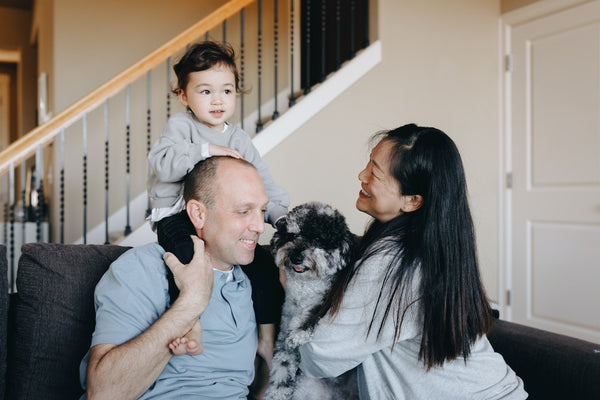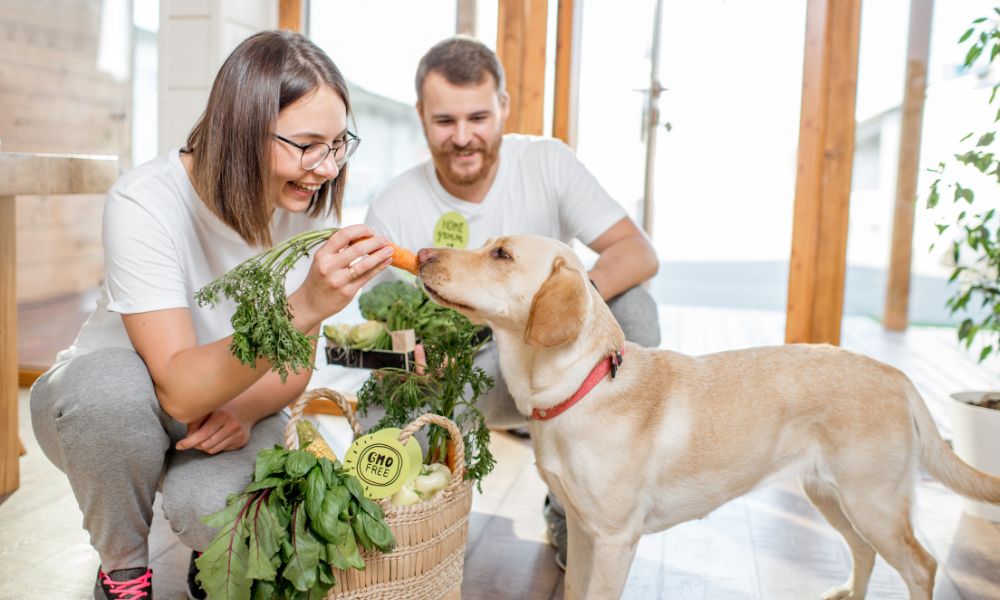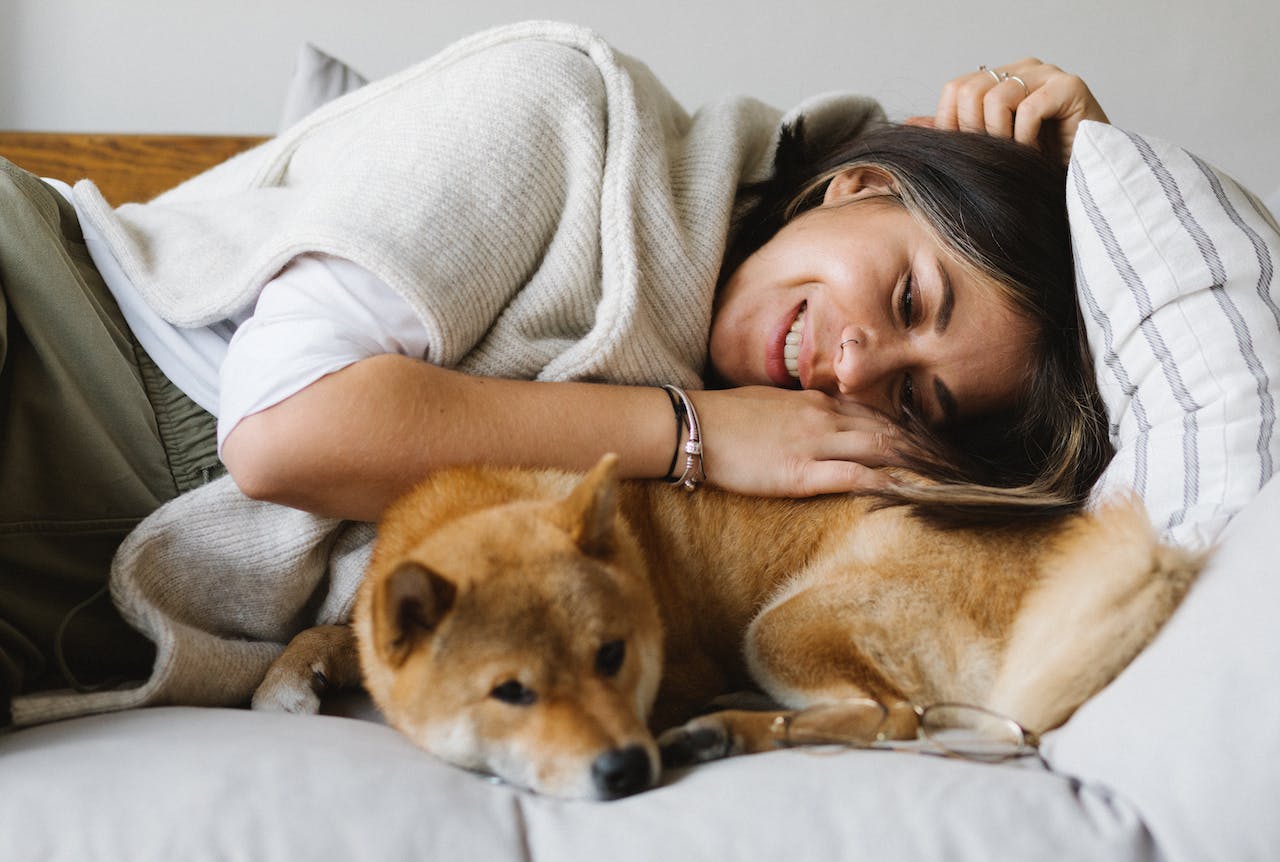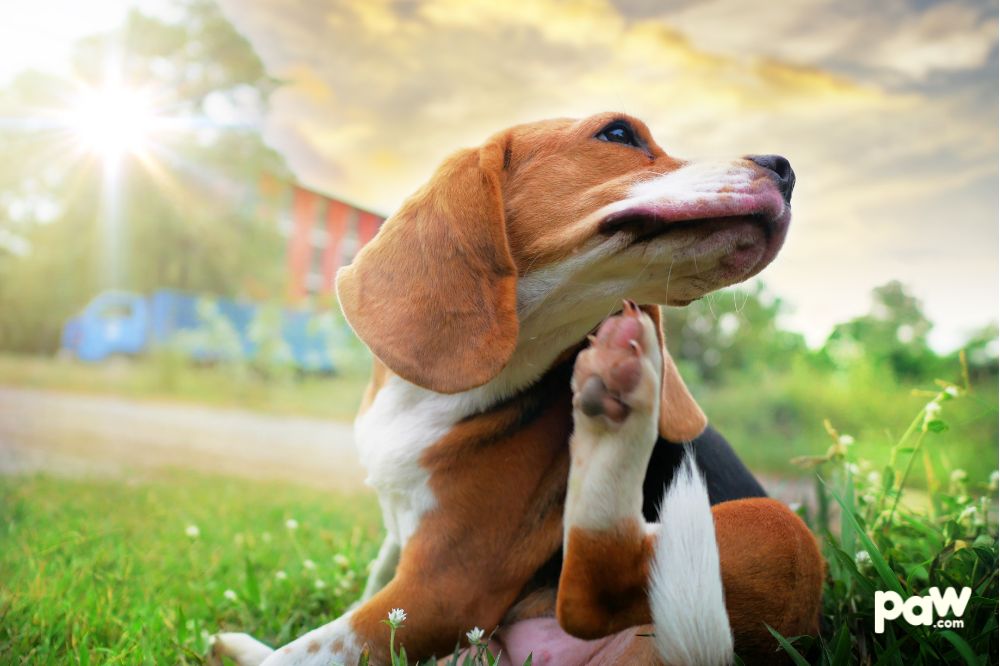
Bringing Home a Rescue Dog: Your Comprehensive Guide

Embarking on the journey of bringing home your newly adopted rescue dog is an exciting chapter filled with anticipation, joy, and boundless love. When you welcome this new family member into your home and heart, it's important to recognize that it goes beyond just adopting them. It marks the start of a lifelong friendship.
Our complete guide offers valuable information and advice to help make the transition for your beloved pet into their forever home as seamless as possible. So, let's get started on this thrilling adventure together.
What To Expect
When you bring your adopted companion to their forever home, it's important to consider that they may not fully understand the changes happening around them just yet.
It's possible that your dog has spent time in a shelter, foster home, or different environments, which can result in confusion, stress, and uncertainty about what lies. During this adjustment period, it's crucial to approach the situation with patience and empathy.
Give Your Dog Space
Before your new rescue dog sets paw inside your home, it's advisable to first take him to the designated area where you'd like him to relieve himself and then for a long walk. It will help him adapt to his new environment and establish important routines.
Creating a dedicated space for your new pet to relax is one of the crucial aspects to consider. A quiet spot in your house with a crate, complete with a cozy bed or blankets, can serve as his personal retreat. The crate door can remain open. The idea is to offer a safe place for him to relax if he feels the need.
Take time to simply observe your new furry friend. Let him make the first move toward interaction. If there are children in the house, ensure they understand the importance of giving the new arrival some space. They should avoid hugging him, getting their faces too close to his, or overwhelming him in any way.
Preserve Your Furniture Without Compromising Comfort. Invest in the PupProtector™ Waterproof Couch Lounger. Say goodbye to pet hair, dirt, and spills ruining your couch, and hello to a comfortable and supported lounging experience for your furry friend.
Keep it Low Key
The first day at home with your adopted dog should be kept low-key. While it may be tempting to introduce your dog to everyone you know with enthusiasm, it's important to prioritize creating a calm and relaxed environment. Giving your furry friend the space and time to adapt to new surroundings without the pressure of meeting unfamiliar faces is crucial.

Get to Know Your Dog's Body Language
Understanding your dog's body language is an integral part of building a strong and healthy relationship with your furry friend. Dogs communicate largely through physical cues, and being able to decode these signals can significantly improve the bond you share, as well as your ability to cater to their needs and emotions.
A Wagging Tail
A wagging tail, for instance, is commonly associated with happiness. However, the speed and direction of the wag can also indicate a range of other emotions, from anxiety to aggression. Similarly, a relaxed, open mouth could mean your dog is content, while a tightly closed mouth might suggest discomfort or stress.
Ear Movement
Observing your dog's ears can also provide insights. Erect ears often indicate alertness or interest, while flattened ears can signify fear or submission. The position and movement of your dog's body and head, the stiffness or looseness of their muscles, and the way they carry their weight can all convey important information about their current emotional state.
Create A Routine
Establishing a routine with your rescue dog is fundamental to helping them settle into their new home. Dogs thrive on consistency and predictability. Creating a schedule for meals, walks, playtime, and rest can provide a sense of security and structure, aiding in their adjustment process.
Feeding
Feeding your dog at the same times each day and ensuring regular walks are essential components of this routine. Predictability helps your dog understand what to expect and when, which can significantly reduce anxiety and foster trust.
Set Boundaries on Behaviors
While it's natural to feel sympathy for your newly adopted pet, it's crucial not to let these feelings lead to permissive behaviors. It's important to establish house rules from the get-go. If you allow certain behaviors now out of pity, it can make it more challenging to modify those behaviors later on.
For instance, if you don't want your dog begging at the dinner table, it's crucial not to tolerate it, even in the early days when they're still adapting to their new surroundings. Remember, consistency is key in training and routine; it creates a secure environment where your dog can thrive.
What to Look Out For
One of the things you may notice is a change in their eating habits. It's not uncommon for a rescue dog to show little interest in food during the initial days at their new home. It can be due to the stress related to the new environment.
To make this transition easier on your dog, feeding them the same food they were used to in their previous shelter or foster home during the first week is advisable. This familiarity can help soothe their anxiety and prevent potential stomach upset from a sudden change in diet.
However, it's important to note that while a lack of appetite is common initially, it's vital to ensure your dog stays hydrated. Make sure fresh water is always available and monitor their drinking habits closely. After the first week, once your dog has had time to adjust, you can gradually introduce them to a new diet if desired.
Give Your Dog the Ultimate Sleeping Experience. Try our PupLounge Memory Foam Dog Bed Cover. With its removable, washable, and durable design, coupled with a non-slip bottom that prevents shifting, you'll ensure your dog's comfort while maintaining cleanliness. Upgrade Your Dog's Bed Today.

Making Your Rescue Dog A Part of the Family
Understanding these cues may require some patience and time. It is a gratifying journey that strengthens the bond between you and your furry friend.
It enables you to respond better to their needs ensuring they feel secure and cherished. Keep in mind that every dog has its individuality. Invest effort in getting acquainted with and understanding your own dogs' distinct way of communicating.
Related: How to Crate Train Your Dog
Share this article
written by


